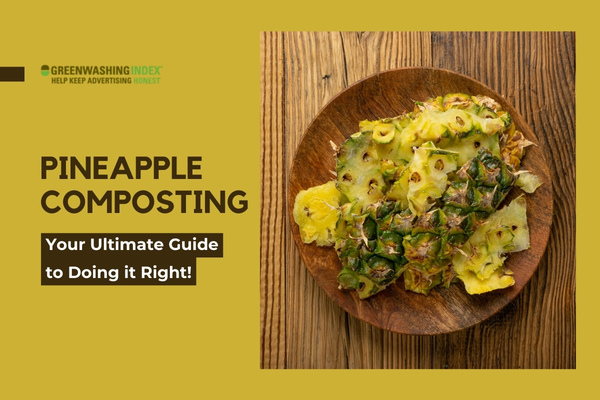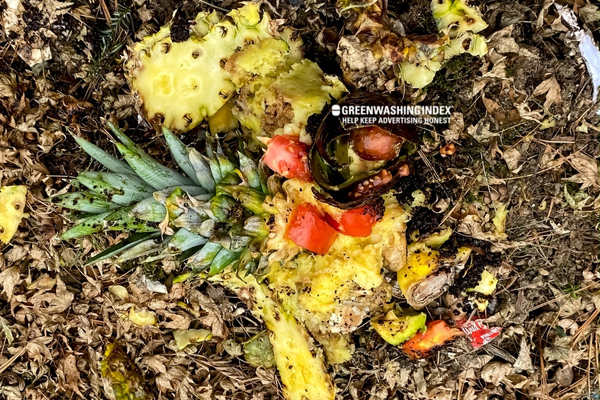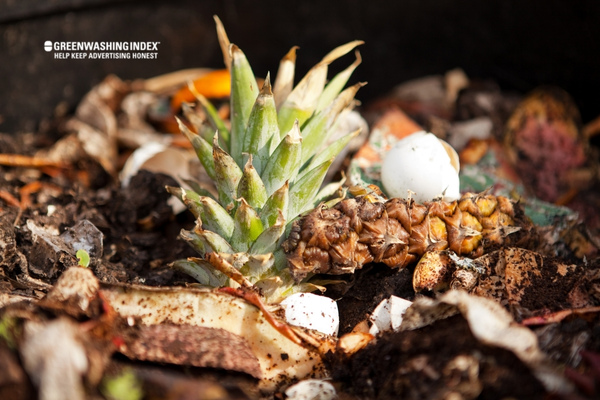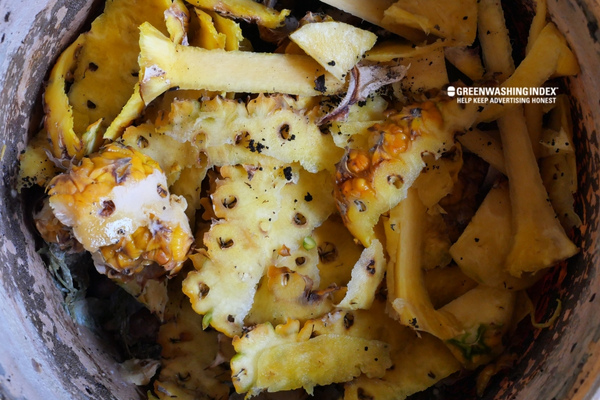

Can you compost pineapple? This tropical delight not only tantalizes our taste buds but also offers a sustainable solution for kitchen waste. Instead of tossing those leftover peels and cores into the trash, consider their potential in enriching your compost pile. Pineapple scraps can significantly enhance soil quality, providing essential nutrients for your plants.
Embracing pineapple composting transforms waste into a valuable resource, promoting both environmental health and vibrant gardens. Discover the benefits and techniques that make composting this fruit a rewarding endeavor.
Composting pineapple scraps is an effective way to reduce food waste while enriching your garden’s soil. Pineapples are rich in nutrients, and their various parts can contribute significantly to compost.

By composting, you not only minimize landfill waste but also create a natural fertilizer that enhances soil quality and promotes healthy plant growth. Here are some key reasons why pineapple composting matters:
Composting pineapple scraps offers numerous benefits that enhance both soil health and environmental sustainability. By recycling pineapple waste, you can create nutrient-rich compost that supports plant growth while reducing food waste. The process not only enriches the soil but also fosters beneficial microbial activity, contributing to a healthier ecosystem.
Here are some key benefits of pineapple composting:
Composting pineapple is a practical way to reduce kitchen waste while enriching your garden soil. Pineapples, with their juicy flesh and fibrous skin, can be composted effectively if prepared correctly. The key is to manage their acidity and moisture content to maintain a balanced compost environment.
Here are essential tips for composting pineapple:
Composting pineapple is not only feasible but also beneficial for your garden. Pineapples are rich in nutrients and their various components—flesh, core, and skin—can enhance the composting process. The fruit’s high moisture content helps maintain humidity in the compost pile, while its acidity can promote microbial activity.
Here’s a closer look at the anatomy of a pineapple and its advantages for composting:
The real beauty when it comes to pineapple composting lies in making use of the entire fruit. Even the parts we don’t consume – think hardcore and spiky skin – are prime materials for organic waste recycling.
So next time you enjoy a slice of pineapple, remember: its journey doesn’t end at your kitchen bin. Instead, it’s off on another beneficial round as part of your compost pile, enriching the soil that may just bear your next crop of garden veggies!
Composting is an eco-friendly way of dealing with organic waste, and pineapples are no exception. Pineapple composting is a fantastic method for reducing food waste while enriching your garden soil. But where do you start? Keep reading for detailed instructions and tips on how to turn your leftover pineapple into valuable compost.

To ensure that your pineapple composting yields the best results, it’s important to follow these steps:
While it’s true that patience is key when waiting for those valuable microorganisms to transform our fruit scraps into nutrient-rich soil, there are ways we can help speed up this process:
Integrating these tips into your pineapple composting process can significantly reduce the time it takes for your scraps to transform into rich, beneficial soil for all your gardening needs. It’s an easy task that contributes significantly toward creating a sustainable living environment. Reducing food waste through eco-friendly composting methods has never been simpler!
Composting pineapple scraps can significantly enrich your compost pile, providing essential nutrients while reducing waste. However, there are specific guidelines to follow to ensure successful decomposition. Pineapples are considered “green” materials due to their high nitrogen content, but their acidity and fibrous texture can complicate the composting process.
To maximize the benefits of composting pineapple, it is crucial to prepare the scraps properly and maintain a balanced mix of green and brown materials.
Here are the Do’s and Don’t of pineapple composting:
| Do’s | Don’t |
|---|---|
| Rinse and prepare the pineapple to remove pesticides. | Avoid adding whole pineapples; chop them into smaller pieces. |
| Mix pineapple scraps with brown materials (e.g., dried leaves) to balance nitrogen levels. | Don’t overload your compost with too much pineapple at once; it can increase acidity. |
| Turn your compost regularly to aerate it and speed up decomposition. | Avoid adding large chunks of tough peels or cores without chopping them first. |
| Monitor moisture levels; add dry materials if it becomes too wet. | Don’t ignore pH balance; add alkaline materials if necessary to counteract acidity. |
| Use pineapple scraps sparingly, especially during peak season. | Avoid using pesticide-laden scraps in your compost pile. |
By following these guidelines, you can effectively compost pineapple scraps, contributing to a nutrient-rich compost that benefits your garden.
Before we start throwing every bit of pineapple waste into our compost pile, we need to understand certain dos and don’ts.

By following these key rules for adding pineapples to your compost heap, not only are you reducing food waste considerably but also promote sustainable composting methods. Remember, compost is a slow process requiring patience but yielding amazing results in the end. It’s all about getting the balance right and making sure we’re doing our bit for the environment while nurturing our gardens at the same time!
Fruit peels often become the center of many misconceptions when it comes to composting. However, including them in your compost pile can actually be highly beneficial. So why are there so many conflicting viewpoints surrounding these organic treasures? Let’s bust some common myths related to pineapple decomposition specifically and fruit peelings more generally.
One misconception is that pineapples are too acidic for compost piles. While it’s true that pineapples contain citric acid, like all fruits, the concern over acidity is generally overstated.
Does this mean I can throw out all my pineapple-related concerns? Not really! While these myths might sound convincing, realistic composting needs care and attention. It requires a proper understanding of what works best in your particular setup:
So next time you munch on some pineapple, remember the peels can be more than just waste! Pineapple composting might have its myths, but understanding how to counter them can help maximize benefits while reducing food waste in a truly eco-friendly way.
Composting pineapple is beneficial as it enriches soil with nutrients like phosphorus and zinc, enhances soil texture, and reduces waste. Proper preparation, such as chopping the tough parts, accelerates decomposition, making it an eco-friendly choice for gardeners.
Yes, you can compost pineapple skin. It is rich in nutrients and contributes to compost, but due to its fibrous nature, it decomposes slowly. To speed up the process, chop the skin into smaller pieces and mix it with other compost materials to maintain balance and aeration.
Pineapple skin is excellent for composting as it adds valuable nutrients like phosphorus and zinc, enhances soil structure, and helps retain moisture. However, due to its fibrous nature, it decomposes slowly; chopping it into smaller pieces can accelerate the process.
Pineapple composting offers an eco-friendly solution for reducing food waste while enriching garden soil. By composting pineapple scraps, including the core and peels, you contribute to nutrient-rich compost that enhances soil health. This process not only supports sustainable gardening practices but also mitigates landfill waste, making it a responsible choice for environmentally conscious individuals.
Embracing pineapple composting is a simple yet impactful way to promote sustainability and improve your garden’s vitality, demonstrating that even fruit scraps can play a significant role in ecological balance.

Don't let aphids, slugs, and caterpillars ruin another plant. Take back control with simple, natural methods that actually work.